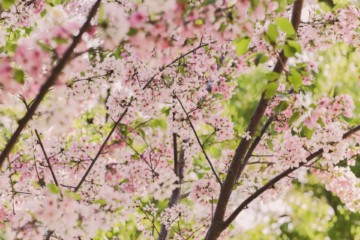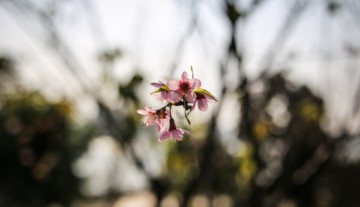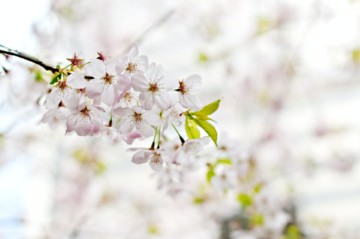
I gave my niece a 5-session course on preparing for a new baby. I’m sharing this session on attachment and care of the new baby.

In Waldorf education, we often take a threefold approach to our humanness. One example is “walking, speaking and thinking.” Steiner often quoted a man who said we accomplish the three greatest things in our first three years – walking, speaking and thinking. When we think of walking, we also must think of all the pre-walking…
More »

All of us are imitative beings (I see this in community dance), but children are especially imitative! Whether it’s because of mirror neurons or limbic resonance or something else entirely, children are the greatest copiers! Let’s put this to use and have some fun! One game you can try is simply called, Can you do…
More »

With more time outdoors, children fall and get scrapes. I usually offer a cold pack from the freezer for bumps (a little penguin made for children) or a wet cloth. Some children don’t want either, and for scrapes, they may not feel as good. The children will usually let me blow on the place that’s…
More »

Air reminds me of fairies. To spot a fairy, you need to have lots of patience and be able to wait. To be a parent also takes lots of patience and the ability to wait. Waiting is a skill children can develop too. Even very young children. The way to learn is through practice and…
More »

When parents need to work from home, they rely on their children being able to play on their own, especially if screens are going to be kept at bay. To that end … here’s what I know about play: Children won’t play alone if they don’t feel well-tethered to the adults around them. Children won’t play…
More »

What’s alive? Waldorf Education is sometimes called a “living education.” What does that mean? It might be subtle. Can you tell the difference between a speech read from notes and a true conversation? Or planning what you are going to tell someone ahead of time compared with not knowing until you open your mouth? Which…
More »

Being human is complex business. What I know so far, is that resiliency is built through adversity that is overcome. It’s like a muscle. This is why those countries, who already had experience dealing with SARS or MERS, are more resilient to COVID-19. And why families who already tried homeschooling once are more resilient to…
More »